
For gameplay evaluations on a 24" widescreen monitor, please head straight to our widescreen performance section.
We used the latest addition to the impressive Elder Scrolls series of titles, Elder Scrolls IV: Oblivion with the 1.1 patch applied. It uses the Gamebyro engine and features DirectX 9.0 shaders, the Havok physics engine and Bethesda use SpeedTree for rendering the trees. The world is made up of trees, stunning landscapes, lush grass and features High Dynamic Range (HDR) lighting and soft shadowing. If you want to learn more about The Elder Scrolls IV: Oblivion, we recommend giving our graphics and gameplay review a read.
The graphics options are hugely comprehensive, with four screens of options available for you to tweak to your heart's content. There is also the configuration file too, but we've kept things as simple as possible by leaving that in its out of the box state. For our testing, we did several manual run throughs to test the game in a variety of scenarios ranging from large amounts of draw distance, indoors and also large amounts of vegetation. Our vegetation run through is the result that we have shown, as it proved to be the most stressful - we walked up the hill to Kvach, where the first Oblivion gate is located.

 Thanks to the increased core speed on the PowerColor Radeon X1950 Pro, we found that we were able to increase the quality settings in Oblivion. The card delivered a slightly more immersive gaming experience than Sapphire’s Radeon X1950 Pro, as we were able to increase shadow quality by a small but significant amount.
Thanks to the increased core speed on the PowerColor Radeon X1950 Pro, we found that we were able to increase the quality settings in Oblivion. The card delivered a slightly more immersive gaming experience than Sapphire’s Radeon X1950 Pro, as we were able to increase shadow quality by a small but significant amount.
Both of the BFG Tech GeForce 7900-series cards were unable to compete with the two Radeon X1950 Pro’s, but then neither of those cards were able to trouble the Radeon X1900XT 256MB. With the Radeon X1900XT 256MB installed, we were able to play with near-maximum quality settings at 1280x1024 with 2xAA enabled – the gaming experience is pretty incredible when you consider that the card isn’t that much more expensive than PowerColor’s Radeon X1950 Pro.
We don’t need to emphasize it much, but it’s worth mentioning that ATI’s filtering quality is much better than NVIDIA’s GeForce 7-series cards are capable of in this title – even with the high quality driver setting turned on. With NVIDIA’s default quality, there are areas of the game that suffer from some rather harsh texture shimmering issues.
The Elder Scrolls IV: Oblivion
Publisher: 2K GamesWe used the latest addition to the impressive Elder Scrolls series of titles, Elder Scrolls IV: Oblivion with the 1.1 patch applied. It uses the Gamebyro engine and features DirectX 9.0 shaders, the Havok physics engine and Bethesda use SpeedTree for rendering the trees. The world is made up of trees, stunning landscapes, lush grass and features High Dynamic Range (HDR) lighting and soft shadowing. If you want to learn more about The Elder Scrolls IV: Oblivion, we recommend giving our graphics and gameplay review a read.
The graphics options are hugely comprehensive, with four screens of options available for you to tweak to your heart's content. There is also the configuration file too, but we've kept things as simple as possible by leaving that in its out of the box state. For our testing, we did several manual run throughs to test the game in a variety of scenarios ranging from large amounts of draw distance, indoors and also large amounts of vegetation. Our vegetation run through is the result that we have shown, as it proved to be the most stressful - we walked up the hill to Kvach, where the first Oblivion gate is located.
________________________________________________________________________________


Both of the BFG Tech GeForce 7900-series cards were unable to compete with the two Radeon X1950 Pro’s, but then neither of those cards were able to trouble the Radeon X1900XT 256MB. With the Radeon X1900XT 256MB installed, we were able to play with near-maximum quality settings at 1280x1024 with 2xAA enabled – the gaming experience is pretty incredible when you consider that the card isn’t that much more expensive than PowerColor’s Radeon X1950 Pro.
We don’t need to emphasize it much, but it’s worth mentioning that ATI’s filtering quality is much better than NVIDIA’s GeForce 7-series cards are capable of in this title – even with the high quality driver setting turned on. With NVIDIA’s default quality, there are areas of the game that suffer from some rather harsh texture shimmering issues.

MSI MPG Velox 100R Chassis Review
October 14 2021 | 15:04

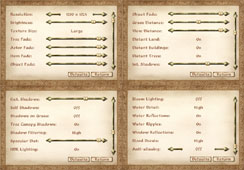
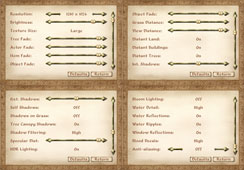
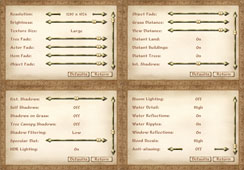
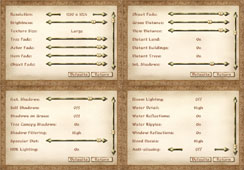
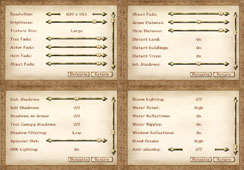






Want to comment? Please log in.